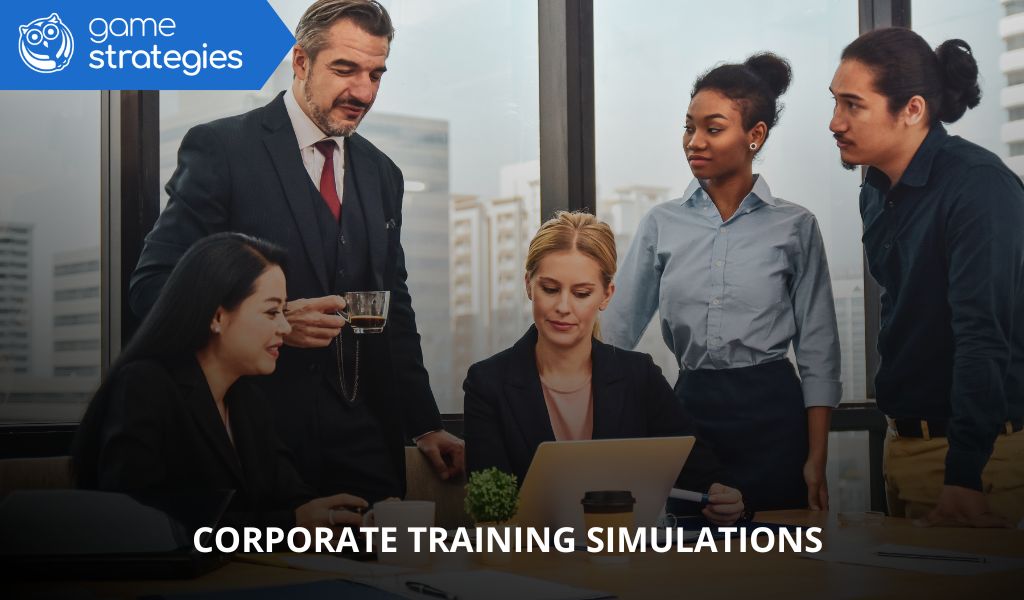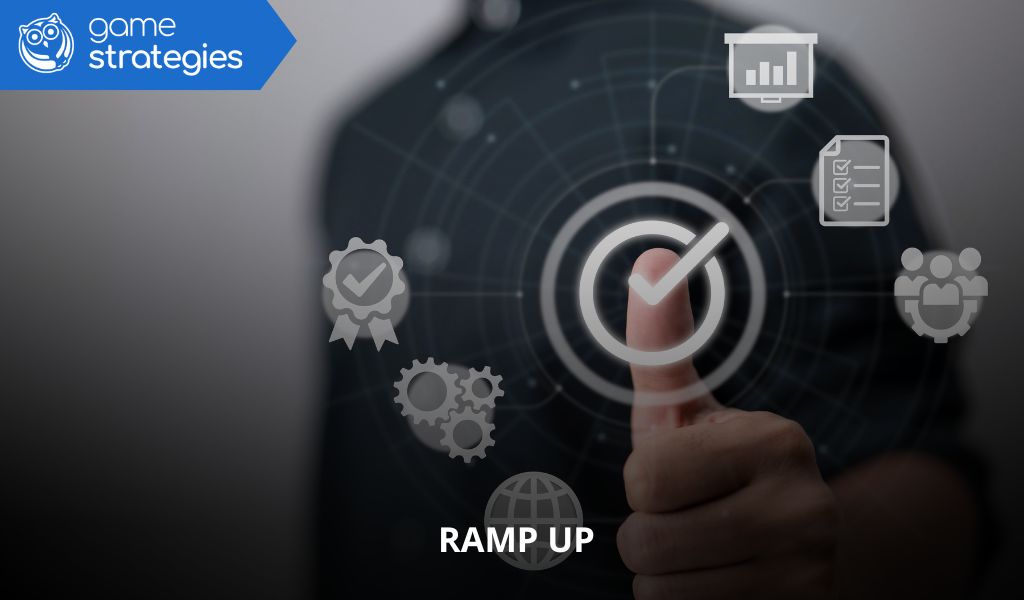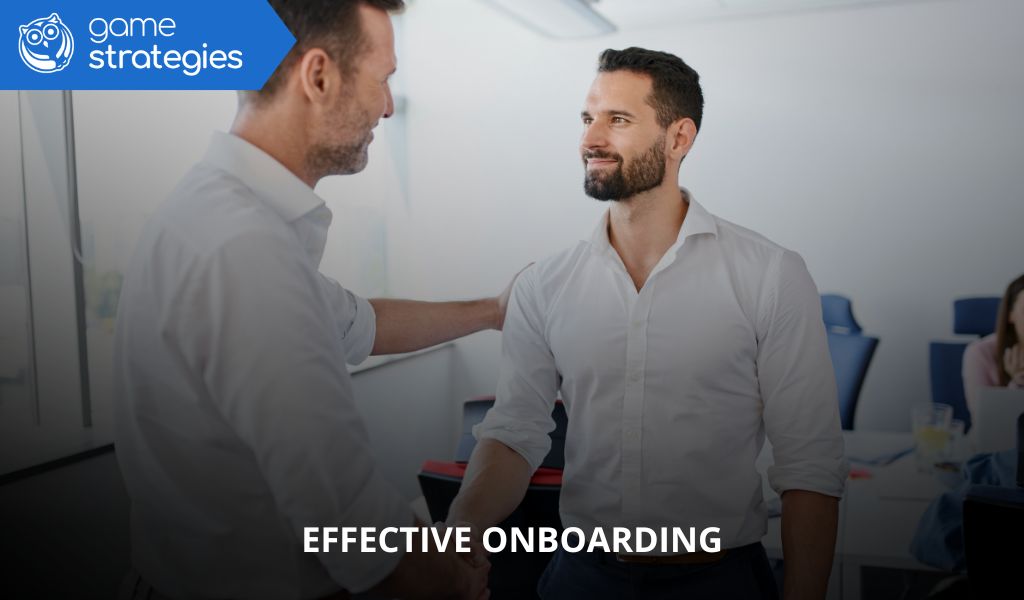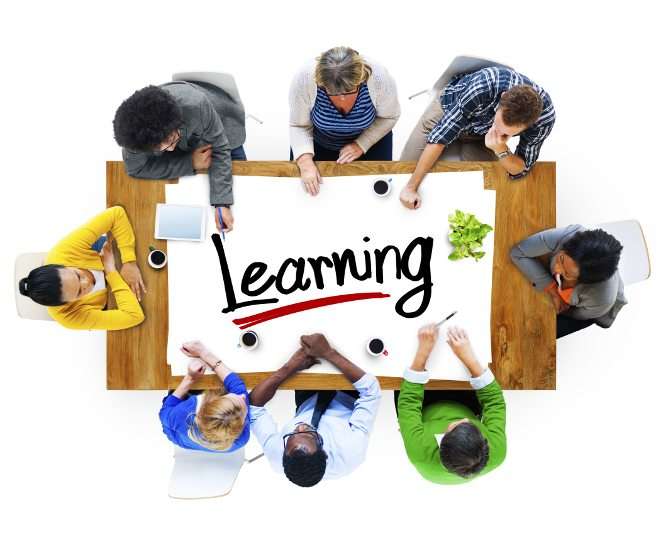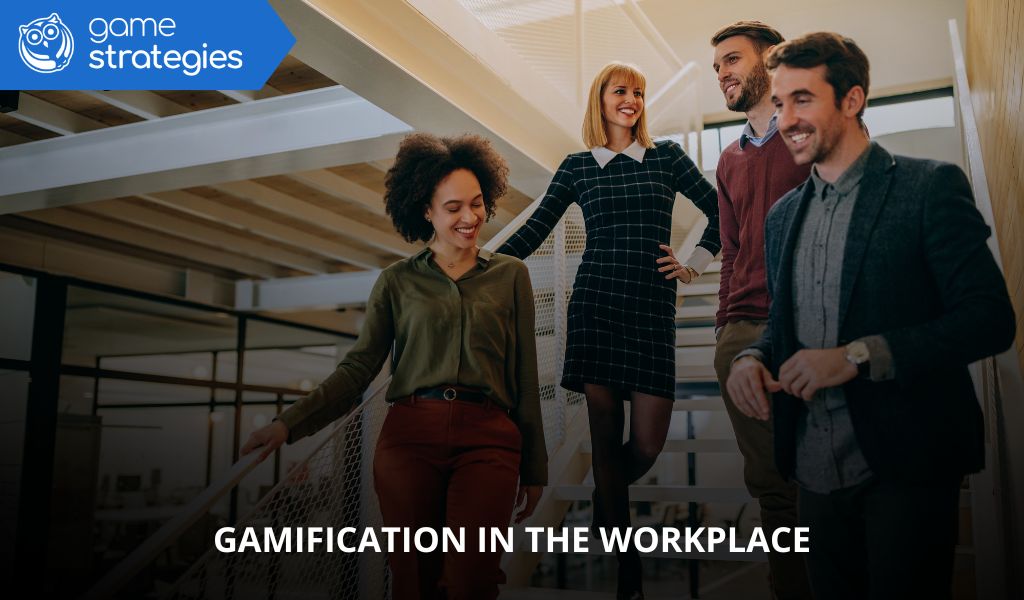In the corporate landscape of 2025, companies must train their teams quickly, effectively, and with a high degree of personalisation. Corporate training simulations have become one of the most powerful methods to develop both technical and soft skills, reduce errors, and improve knowledge retention.
Specialised platforms like Game Strategies have taken this technique to the next level, combining simulations with gamification to deliver immersive experiences tailored to each employee’s profile, supported by precise impact metrics.
What is a training simulation in corporate environments?
Definition and pedagogical principles
A corporate training simulation is a virtual or physical recreation of a real workplace scenario where employees can practise, make decisions, and learn from the consequences without real risks.
It is grounded in pedagogical principles such as Kolb’s experiential learning model, which emphasises that direct practice and subsequent reflection are essential for consolidating knowledge.
Why simulations accelerate learning
Learning by doing: effective experiential learning
Simulations allow participants to learn by doing. By experiencing the consequences in a safe environment, learning consolidates faster and transfers more effectively to the real job.
Higher motivation, autonomy, and reflection
Simulated environments create strong engagement by presenting realistic challenges, encouraging autonomy, and prompting reflection on decision-making.
Implementation stages in the Game Strategies model
1. Diagnosis of key business competencies
Before designing any simulation, Game Strategies conducts an in-depth analysis of the competencies that determine business success. This involves identifying the essential skills for each role—such as negotiation in sales, incident resolution in customer service, or leadership in middle management—and mapping knowledge gaps.
The diagnosis results in a competency map with clear priorities: what to reinforce immediately, what to enhance in the medium term, and how each competency connects with strategic business objectives.
2. Design of immersive customised simulations
Once business needs are identified, tailored simulations are designed to reflect the company’s reality. These simulations include narratives, scenarios, and challenges that place employees in daily or critical work situations.
The design can incorporate virtual or augmented reality, recreating work environments with high realism—from a negotiation room to a production line, a customer service counter, or a professional kitchen. These experiences allow employees to learn by doing, ensuring knowledge retention and effective skill transfer.
3. Technological and multilingual integration
Simulations integrate seamlessly with existing corporate training systems (LMS) and hybrid learning platforms. This centralises progress tracking and connects training outcomes with key business data.
Thanks to multilingual adaptation, the same programme can be deployed internationally, maintaining consistent quality and employee experience across subsidiaries, regardless of location or language.
4. Continuous evaluation with the Kirkpatrick model
The impact of simulations is measured from the outset and continuously. Using the Kirkpatrick model, Game Strategies evaluates four levels:
- Satisfaction: participants’ immediate perception of the experience.
- Learning: knowledge acquired and skills developed.
- Application: transfer of skills to the job role.
- Results: tangible improvements such as higher sales, reduced errors, or greater customer satisfaction.
This ensures not only validation of training ROI but also real-time adjustments for maximum business relevance.
Game Strategies services based on training simulations

Corporate training through serious games
Bespoke games that replicate internal processes, tools, or critical scenarios. Employees can practise both technical skills and soft skills in a safe environment with immediate feedback.
AI role plays and intelligent sales simulators
AI-powered simulations that generate dynamic and realistic conversations. Employees can practise customer interactions, commercial negotiations, or complaint handling. The AI adapts the scenario to user responses, ensuring a personalised, immersive experience.
Gamified onboarding with customised simulations
Onboarding programmes where new hires “live” key job situations before facing them in real life. This shortens adaptation time, builds confidence, and enhances team integration from day one.
MARS — collaborative turn-based simulations
A proprietary methodology that combines team-based collaboration dynamics with AI as both guide and analyst. Participants take on challenges in turns, developing strategic thinking, communication, and leadership skills, while receiving intelligent feedback and tailored recommendations.
Benefits of training simulations for companies
- Reduced errors in critical processes before real-world execution.
- Improved knowledge retention through repeated practice.
- Objective evaluation of performance and competencies.
- Balanced development of technical and soft skills.
- Scalability across face-to-face, hybrid, or fully online environments.
- Alignment with corporate learning culture, driving continuous development.
By 2025, companies adopting corporate training simulations will not only upskill their teams more effectively but also cut costs, increase training ROI, and boost employee satisfaction.
With Game Strategies, simulations are enhanced by artificial intelligence, ensuring personalisation, measurable outcomes, and immersive learning experiences that directly improve business performance.
¿De cuánta utilidad te ha parecido este contenido?
¡Haz clic en una estrella para puntuarlo!
Promedio de puntuación 0 / 5. Recuento de votos: 0
Hasta ahora, ¡no hay votos!. Sé el primero en puntuar este contenido.

